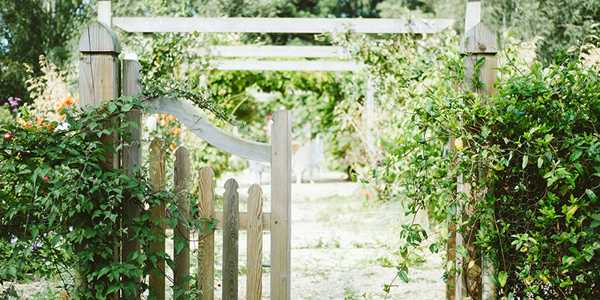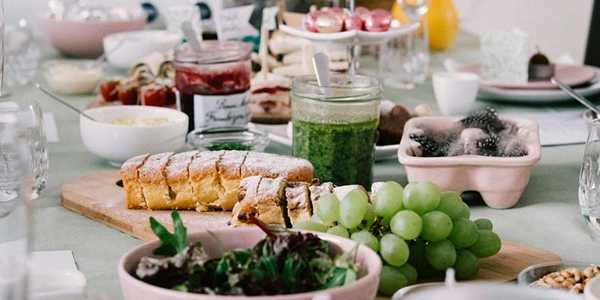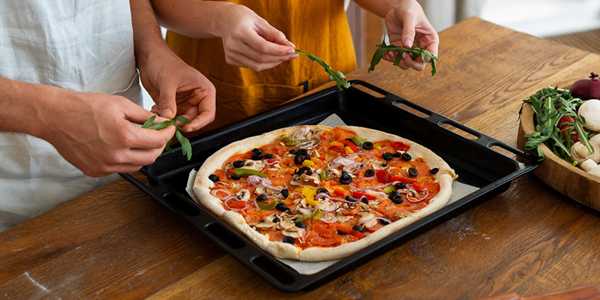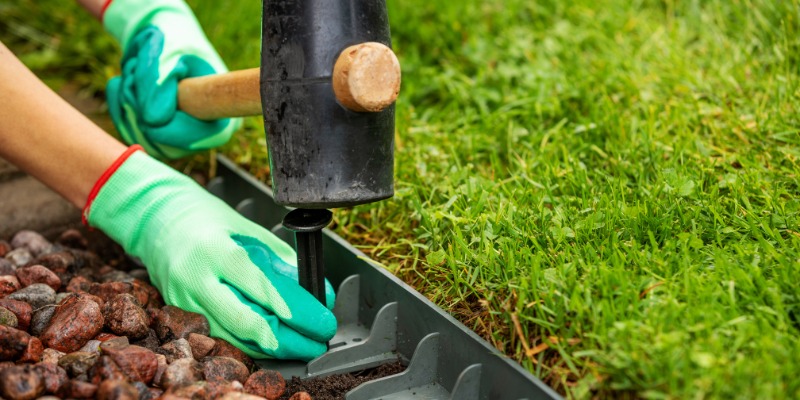How To Clean Cast Iron Skillet?
Adopting proper cleaning techniques is crucial to reap the full benefits of these skillets. Neglect can lead to rust and diminished seasoning, severely affecting performance. A well-cared-for skillet isn't just a tool; it can last for generations, enhancing countless culinary experiences. Understanding the right approach to cleaning and storage is essential for preserving your skillet's efficacy and longevity. Let's explore the fundamental tips for maintaining a cast iron skillet and uncover its full potential!
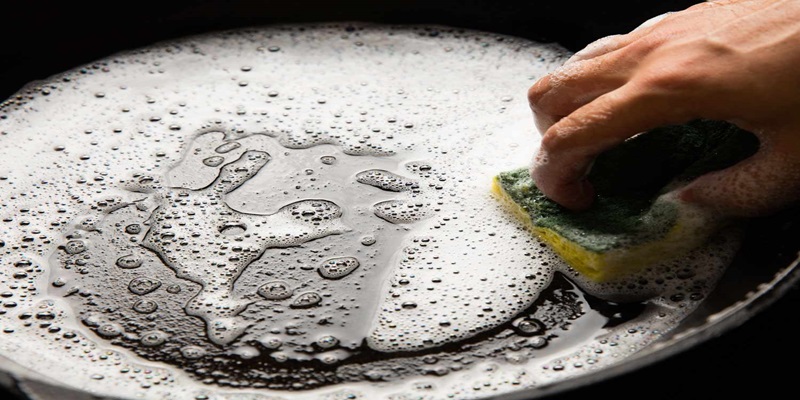
Understanding The Benefits Of Cast Iron Cookware
Durability And Longevity
Cast iron cookware is celebrated for its remarkable durability and lifespan, making it a favourite among culinary enthusiasts. Unlike non-stick pans with chemical coatings, cast iron skillets can endure a lifetime—and frequently multiple generations—with the proper care. These resilient pans can handle high temperatures and are resistant to warping—issues that are common with other cookware materials. Many families proudly pass down heirloom skillets, showcasing their ability to maintain functionality over decades. For instance, my grandmother's skillet, decorated with scratches and seasoned through years of use, always produces perfect cornbread. Regular maintenance, like seasonal oiling and avoiding harsh cleaning agents, can prolong the life of cast iron cookware. Investing in such pieces means investing in lasting quality and reliability in your kitchen.
Cooking Benefits: Heat Retention And Flavor Enhancement
The cooking advantages of cast iron skillets are genuinely exceptional. Renowned for their impressive heat retention and even heat distribution, they provide a significant edge in culinary applications. When heated, a cast iron skillet holds its temperature exceptionally well, making it ideal for techniques requiring consistent heat, such as searing meats or achieving crispy pizza crusts. This extraordinary retention leads to beautifully caramelized surfaces, enhancing the flavours in every dish—think about a perfectly seared steak or beautifully caramelized onions. Moreover, with continuous use and proper seasoning, cast iron skillets develop a natural, non-stick quality that immensely benefits every meal, allowing ingredients to slide effortlessly while imparting a distinct taste beloved by many. Cooking with cast iron transforms ordinary meals into extraordinary culinary experiences, which home cooks eagerly share during family gatherings.
The Right Way To Clean a Cast Iron Skillet
Cleaning a cast iron skillet requires a specific, thoughtful approach to preserve its integrity and cooking performance. Below are detailed steps to ensure your skillet remains in peak condition:
1. Let It Cool Down
It is essential to allow your cast iron skillet to cool down after cooking. Placing a hot skillet directly under cold water can cause cracking due to thermal shock. This sudden temperature shift compromises the skillet's structural integrity. Instead, let it cool on the stove or a heat-resistant surface until it is warm but not hot enough to handle. Cooling protects both the seasoning and the physical structure of the iron, setting the stage for effective cleaning.
2. Rinse With Hot Water
Once the skillet has cooled, rinse it under hot water. This technique is vital, as hot water efficiently loosens any food particles that may cling to the surface, making removal easier. Should you encounter stubborn bits of food, a gentle scrub with a non-abrasive sponge can help detach these without damaging the seasoned layer. Proper rinsing is essential to avoid the buildup of oils and residues that could turn rancid, maintaining the skillet's cooking surface and enhancing flavours for future meals.
3. Avoid Detergents And Soaps
When cleaning your cast iron skillet, avoiding detergents and soaps at all costs is essential. Such cleaning agents can strip away the vital seasoning you've built over time. The seasoning, primarily composed of polymerized oils, creates a non-stick surface while preventing rust and enhancing the taste of your food. Using soap can dull your skillet's surface, often resulting in a tedious reseasoning. Stick to the natural cleansing powers of hot water, which is usually sufficient to keep your skillet in good condition.
4. Use a Scrubber If Necessary
If stubborn food remnants remain after rinsing, it's ideal to employ an appropriate scrubber. Non-metal scrubbers—such as nylon or brushes—effectively eliminate leftover food without scratching the surface. A coarse salt and water paste can be a gentle abrasive for more rigid residues. Refusing steel wool or metallic scouring pads is essential, as these can severely damage the seasoning and shorten your skillet's lifespan. Selecting the right tools is crucial for maintaining the quality of your cast iron.
5. Dry Immediately
After rinsing, it's essential to dry your cast iron skillet immediately. Any moisture left behind can lead to rust, significantly affecting its longevity and usability. Use a clean, dry cloth or paper towel to ensure every part of the skillet is thoroughly dried. For added assurance, you may place the skillet on low heat for a few minutes to evaporate residual moisture. This practice safeguards the cast iron while preparing it for subsequent use, ensuring an optimal cooking surface without rust.
6. Season Your Skillet (Optional)
After thorough cleaning and drying, seasoning your cast iron skillet can be worth considering. This process involves applying a thin layer of cooking oil to the skillet and heating it to create a bonded, non-stick surface while enhancing rust resistance. Regular seasoning improves cooking performance and allows food to glide off easily, enhancing flavour. If your skillet appears dull or has lost its non-stick quality, quick reseasoning can revive its functionality and prolong its lifespan.
By adhering to these comprehensive cleaning steps, you can keep your cast iron skillet in pristine condition, ensuring it serves you well in all culinary endeavours. Enjoy the benefits of a well-maintained skillet that promises excellent cooking performance and delightful meals for years to come!
Common Mistakes To Avoid
Maintaining your cast iron skillet requires diligence, yet many individuals inadvertently make mistakes that compromise their cookware's health. One frequent error involves using soap for cleaning. Although a small amount of mild detergent may not obliterate a seasoned skillet, excessive use can strip its essential seasoning, which provides the necessary non-stick surface. Instead, resort to hot water and a stiff brush to remove residue gently.
Another common oversight is neglecting to dry the skillet thoroughly after washing. Cast iron is inherently vulnerable to rust; leaving moisture behind can result in corrosion. To avoid this, always dry your skillet with a paper towel and consider placing it over low heat to eliminate any lingering moisture.
Individuals often also forget to reseason their skillet periodically. This neglect can lead to food sticking and unsightly brown spots. Regularly applying a thin coating of vegetable oil or shortening it after cleaning and baking it upside down can preserve the seasoning's efficacy.
Lastly, it’s crucial to avoid soaking your skillet excessively. Extended exposure to water encourages rust formation. Instead, clean your skillet promptly after use to maintain its integrity and functionality for years to come.
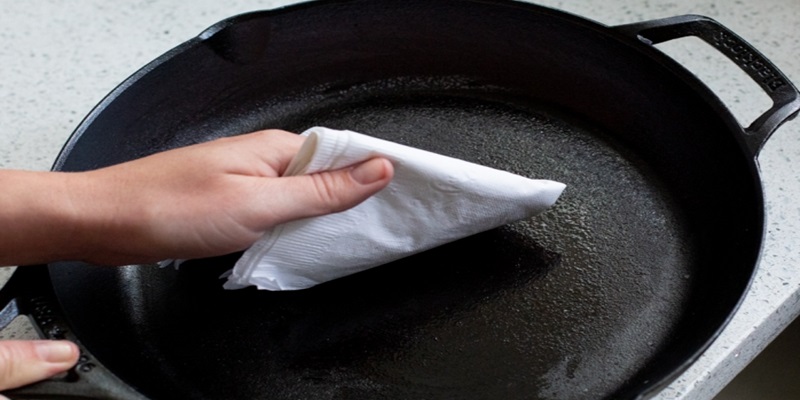
Best Practices For Storing Your Cast Iron Skillet
Proper storage practices are essential to ensure the quality and readiness of your cast iron skillet. Preventing moisture is a top priority; ensure your skillet is completely dry before removing it to avert rust formation. When storing, it can be beneficial to apply a light coating of cooking oil; this also aids in preserving a non-stick surface.
The Art Of Careful Maintenance
In summary, the meticulous care and maintenance of cast iron skillets are vital for their durability and performance in the kitchen. Implementing proper cleaning methods, avoiding common errors, and adhering to apt storage techniques guarantees that your skillets will continue to serve you effectively for years. Treating your cast iron cookware with the necessary respect and attention enhances its longevity and enriches your cooking experience, as well-seasoned skillets deliver unparalleled flavour and performance.
It's time to put these invaluable tips into practice! Treat your cast iron skillets like the treasured tools they are, diligently following cleaning and maintenance instructions to enjoy unparalleled cooking experiences. Embrace the journey of caring for your cast iron skillet, and savour the delicious meals by investing time and effort into your beloved cookware!

